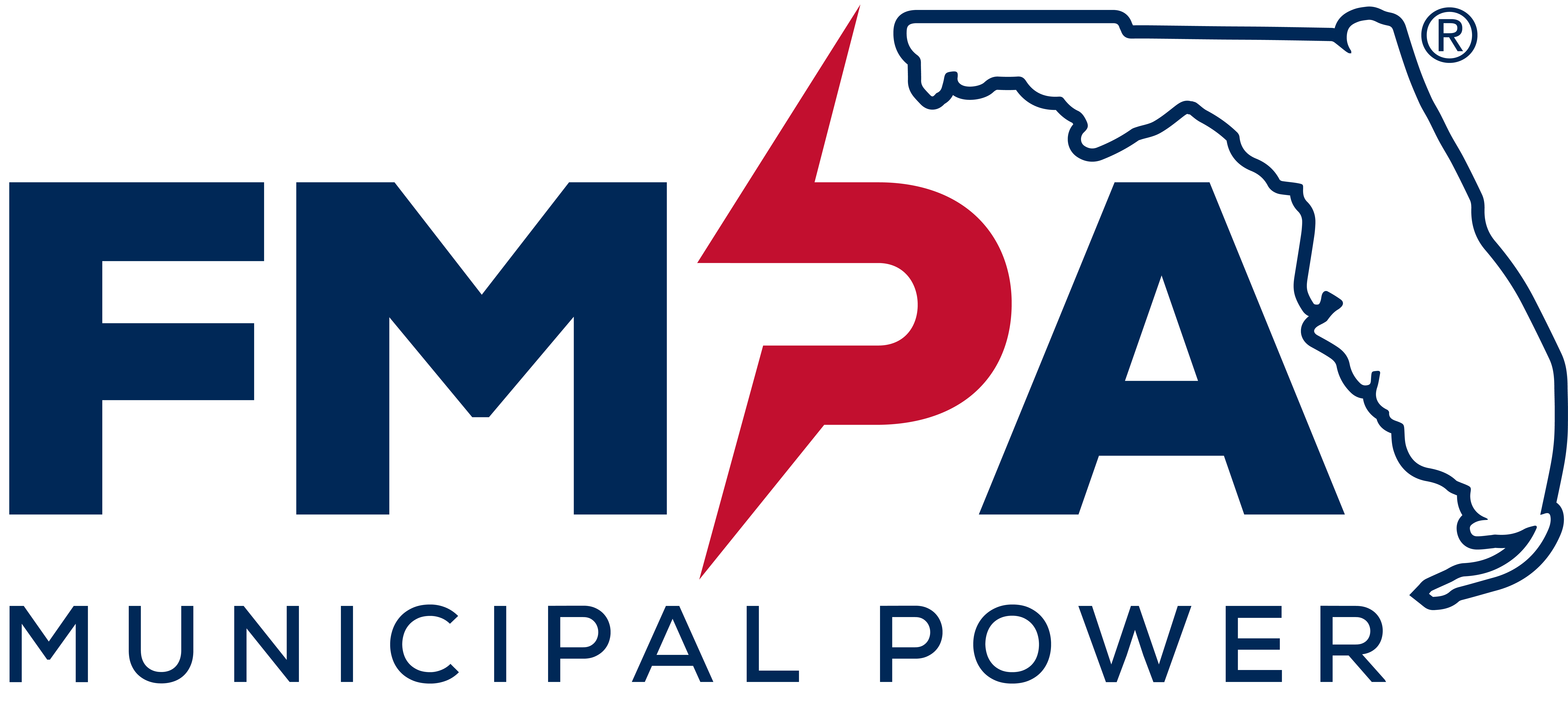Clean Power: Customers Want It
Floridians want electricity generated in an environmentally responsible way. FMPA’s mission is to meet this expectation without sacrificing the equally important priorities of low-cost and reliable power. By working together, Florida’s municipal electric utilities can build larger, more efficient solar energy that provides clean power at an affordable price for homes and businesses in Florida.
How Solar Power Works
FMPA’s Florida Municipal Solar Project will generate zero-emission energy, using only the sun as fuel. When the sun is shining, solar panels absorb the sun light and convert it to electricity. This energy is then distributed through the electric grid to our homes and businesses. Here is how:



Benefits of Solar Power
FMPA’s goal is to provide renewable energy at an affordable price. A large-scale solar project, like FMPA’s, is the most economical way to produce solar power. A large project is approximately one-third the cost of a private, rooftop system. Solar generation produces no emissions, and that’s good news for customers and the environment.

